What is Industry 4.0?
Industry 4.0 has emerged as a transformative force reshaping the manufacturing sector and beyond. Often referred to as the Fourth Industrial Revolution, Industry 4.0 is characterized by the integration of digital technologies into the physical production environment, leading to unprecedented levels of automation, data exchange, and interconnected systems. This revolution builds on the foundations laid by previous industrial revolutions—steam power, electricity, and computerization—but pushes the boundaries further by combining the physical, digital, and biological worlds.
This article will delve into the intricacies of Fourth Industrial Revolution, providing a comprehensive overview of its core components, its impact on various industries, and the challenges and opportunities it presents. You will learn how technologies such as the Internet of Things (IoT), Artificial Intelligence (AI), and big data analytics are driving this revolution. Moreover, we’ll explore real-world applications of Fourth Industrial Revolution, from smart factories to predictive maintenance, and discuss how businesses can position themselves to thrive in this new era.
Table of Contents
- What is Industry 4.0? An Overview
- The Core Technologies of Industry 4.0
- The Impact of Industry 4.0 on Various Industries
- Challenges and Opportunities in Industry 4.0
- Real-World Applications of Industry 4.0
- Top 5 Frequently Asked Questions
- Final Thoughts
- Sources
What is Industry 4.0? An Overview
Industry 4.0 represents the fusion of advanced manufacturing techniques with the power of the Internet of Things, data analytics, and artificial intelligence to create smart factories and production systems. Unlike previous industrial revolutions that focused on mechanical advancements, the Fourth Industrial Revolution emphasizes the digital transformation of manufacturing processes. It involves the use of sensors, automation, and real-time data to enhance productivity, reduce downtime, and improve overall efficiency.
This revolution is not confined to the factory floor. It extends to all aspects of the value chain, from product design and development to logistics and customer service. By leveraging connected devices and sophisticated algorithms, businesses can make data-driven decisions, predict trends, and respond more quickly to market demands.
The Fourth Industrial Revolution is often described as the next step in the evolution of manufacturing, where the physical and digital worlds converge to create a more responsive, adaptive, and autonomous production environment. It’s about making production systems more intelligent and interconnected, leading to increased agility, flexibility, and customization in manufacturing processes.
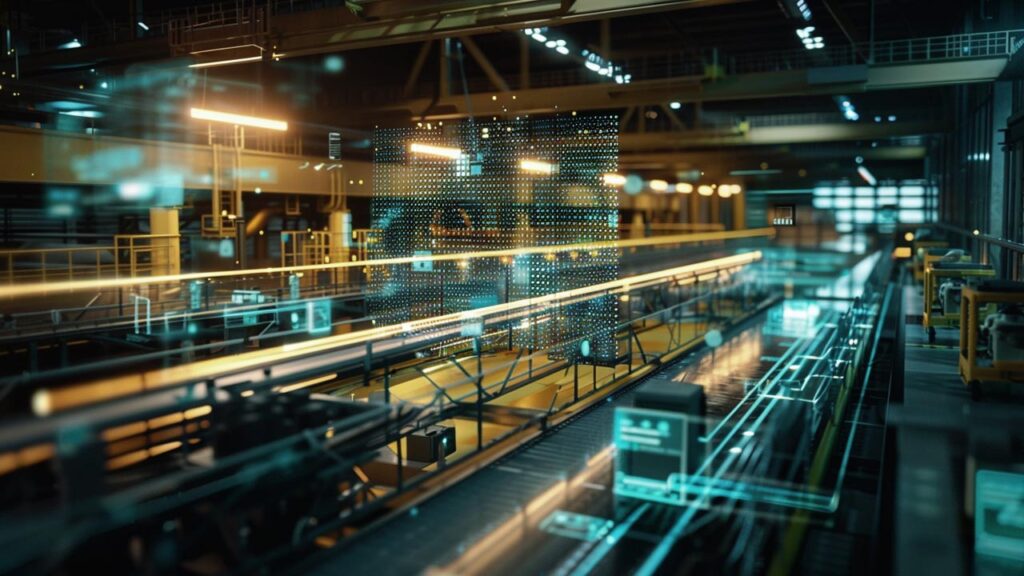
The Core Technologies of Industry 4.0
Internet of Things (IoT)
The Internet of Things is a critical component of Industry 4.0, enabling devices, machinery, and systems to communicate and share data over a network. This interconnectedness allows for real-time monitoring and control of production processes, leading to increased efficiency and reduced waste. IoT devices collect vast amounts of data, which can be analyzed to optimize operations, predict equipment failures, and improve product quality.
Artificial Intelligence (AI) and Machine Learning
AI and machine learning are driving the automation and intelligence of the Fourth Industrial Revolution. These technologies enable machines to learn from data, make decisions, and even perform tasks that traditionally required human intervention. In manufacturing, AI can be used for predictive maintenance, quality control, and supply chain optimization. Machine learning algorithms analyze patterns in data to identify potential issues before they arise, minimizing downtime and improving efficiency.
Big Data and Analytics
Big data refers to the massive volumes of data generated by connected devices, machines, and systems in the Fourth Industrial Revolution environments. Analyzing this data using advanced analytics techniques allows businesses to gain insights into their operations, customer behavior, and market trends. Predictive analytics, in particular, is used to anticipate future events and make informed decisions, such as when to service equipment or how to optimize production schedules.
Cyber-Physical Systems (CPS)
Cyber-physical systems are integrations of computation, networking, and physical processes. In the Fourth Industrial Revolution, CPS involves the use of sensors and actuators to monitor and control physical processes in real-time. These systems are the backbone of smart factories, where machines and equipment are connected to the internet, allowing for remote monitoring, automation, and control. CPS ensures that the physical and digital worlds work together seamlessly, leading to more efficient and responsive manufacturing processes.
Cloud Computing and Edge Computing
Cloud computing provides the infrastructure needed to store, process, and analyze the vast amounts of data generated in Industry 4.0 environments. It allows businesses to access powerful computing resources on-demand, without the need for significant upfront investments. Edge computing, on the other hand, involves processing data closer to the source (e.g., on the factory floor), reducing latency and enabling real-time decision-making. Together, these technologies ensure that data is available where and when it’s needed, enhancing the responsiveness and agility of production systems.
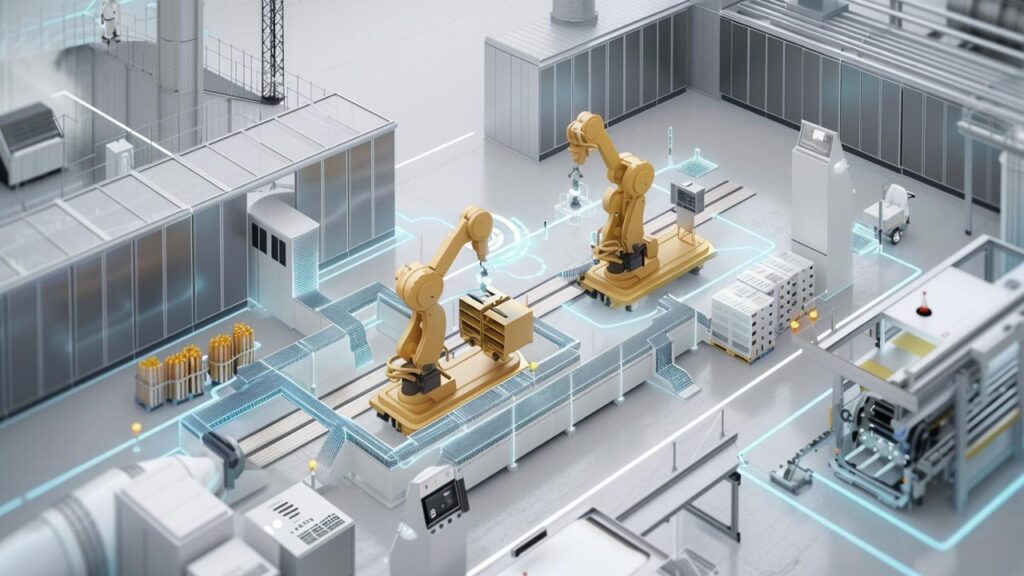
The Impact of Industry 4.0 on Various Industries
Manufacturing
Manufacturing is at the heart of Industry 4.0, with smart factories leading the way in the adoption of advanced technologies. The Fourth Industrial Revolution enables manufacturers to achieve greater efficiency, reduce costs, and produce higher-quality products. By integrating IoT, AI, and CPS, manufacturers can automate processes, monitor production in real-time, and quickly adapt to changing market demands.
Healthcare
In healthcare, Industry 4.0 is driving innovation in areas such as personalized medicine, remote patient monitoring, and smart medical devices. The ability to collect and analyze vast amounts of patient data in real-time allows for more accurate diagnoses, better treatment plans, and improved patient outcomes. Wearable devices and IoT-enabled medical equipment are transforming how healthcare is delivered, making it more proactive and patient-centered.
Retail
Retailers are leveraging Industry 4.0 technologies to enhance the shopping experience, optimize supply chains, and personalize customer interactions. AI-powered chatbots, smart shelves, and IoT-enabled inventory management systems are just a few examples of how Industry 4.0 is revolutionizing the retail sector. By analyzing customer data and shopping patterns, retailers can offer personalized recommendations and improve inventory accuracy, leading to increased sales and customer satisfaction.
Transportation and Logistics
Industry 4.0 is also making waves in transportation and logistics, where connected vehicles, automated warehouses, and real-time tracking systems are becoming the norm. These technologies allow for more efficient and cost-effective transportation of goods, as well as improved visibility and control over supply chains. Predictive analytics can be used to optimize routes, reduce fuel consumption, and minimize delays, leading to a more responsive and sustainable logistics network.
Challenges and Opportunities in Industry 4.0
Data Security and Privacy Concerns
With the increased connectivity and data exchange in Industry 4.0, data security and privacy have become major concerns. The vast amounts of data generated by connected devices and systems are valuable but also vulnerable to cyberattacks. Businesses must invest in robust cybersecurity measures to protect their data and ensure compliance with regulations.
Skills Gap and Workforce Transformation
Industry 4.0 requires a new set of skills, particularly in areas such as data analysis, cybersecurity, and digital literacy. As a result, there is a growing skills gap that businesses must address to fully leverage the benefits of Industry 4.0. Workforce transformation is also necessary, as employees will need to adapt to new roles and responsibilities in increasingly automated environments.
Regulatory and Compliance Issues
As Industry 4.0 technologies evolve, so too must the regulatory frameworks that govern them. Businesses must navigate a complex landscape of regulations related to data privacy, cybersecurity, and labor laws. Staying compliant while adopting new technologies can be challenging, but it is essential for avoiding legal risks and maintaining trust with customers and stakeholders.
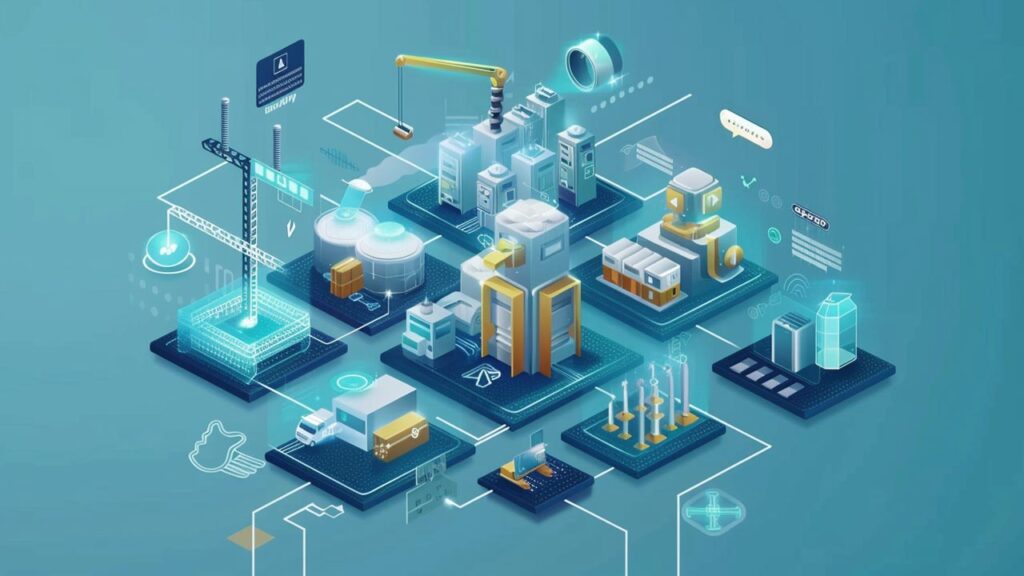
Real-World Applications of Industry 4.0
Smart Factories
Smart factories are the epitome of Industry 4.0, where advanced technologies such as IoT, AI, and CPS are used to create highly automated and interconnected production environments. These factories can operate autonomously, with minimal human intervention, and are capable of self-optimizing their operations based on real-time data.
Predictive Maintenance
Predictive maintenance uses AI and machine learning to predict when equipment is likely to fail, allowing for timely maintenance and reducing unplanned downtime. By analyzing data from sensors and historical maintenance records, businesses can identify patterns that indicate potential issues and take preventive action before a failure occurs.
Supply Chain Optimization
Industry 4.0 technologies enable businesses to optimize their supply chains by providing greater visibility and control over every stage of the process. IoT devices track the movement of goods in real-time, while AI algorithms analyze data to optimize inventory levels, reduce lead times, and improve overall efficiency.
Top 5 Frequently Asked Questions
Final Thoughts
Industry 4.0 is not just a buzzword; it’s a fundamental shift in how businesses operate and compete in the global market. The most important takeaway from this article is that the Fourth Industrial Revolution is all about connectivity, data, and intelligence. By integrating advanced technologies such as IoT, AI, and big data analytics into their operations, businesses can unlock new levels of efficiency, innovation, and agility.
However, with great opportunities come significant challenges. Data security, the skills gap, and regulatory compliance are just a few of the hurdles that businesses must overcome to fully realize the potential of the Fourth Industrial Revolution. As we move forward, it will be crucial for businesses to not only adopt these technologies but also to invest in the necessary infrastructure, skills, and strategies to thrive in this new era.


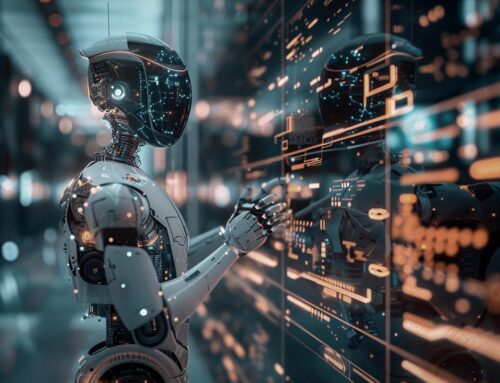

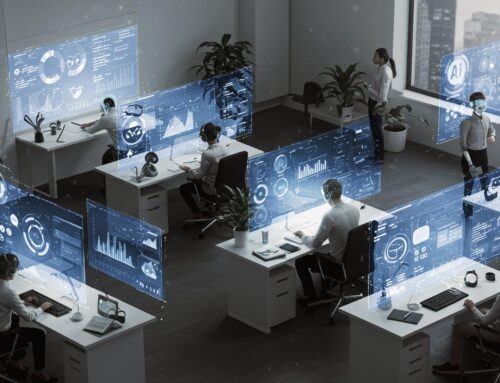
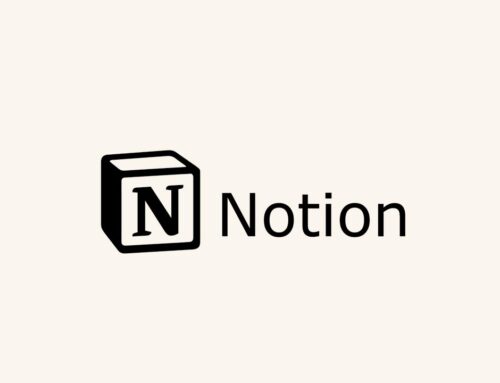



Leave A Comment